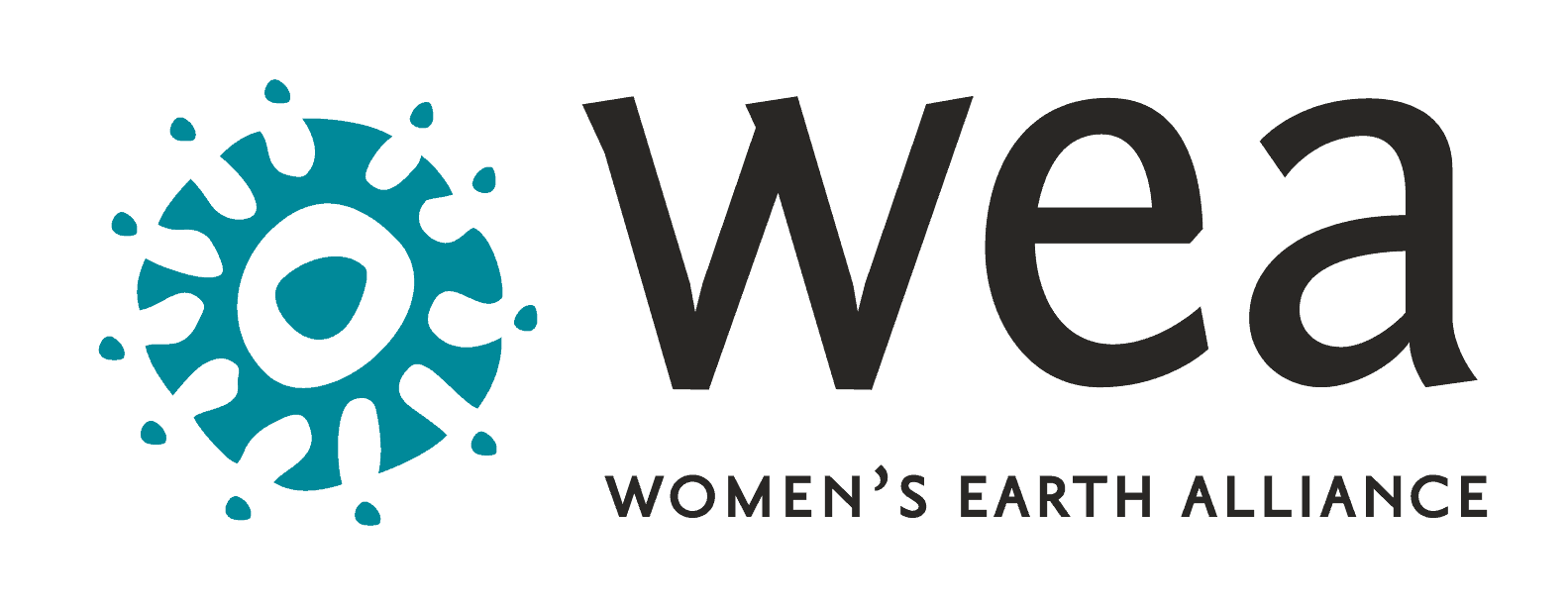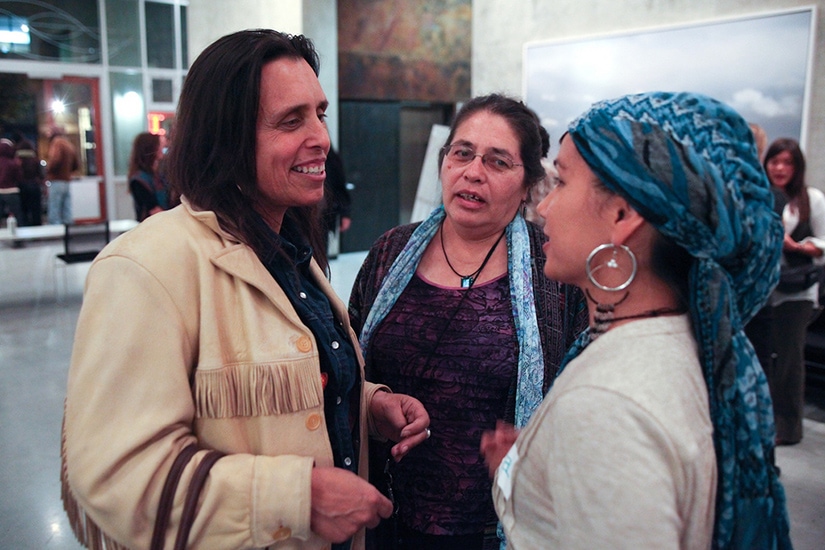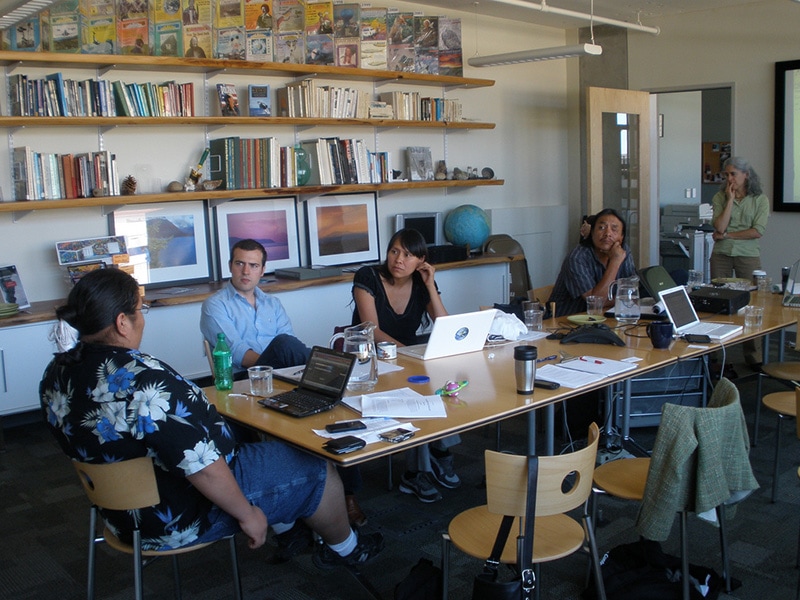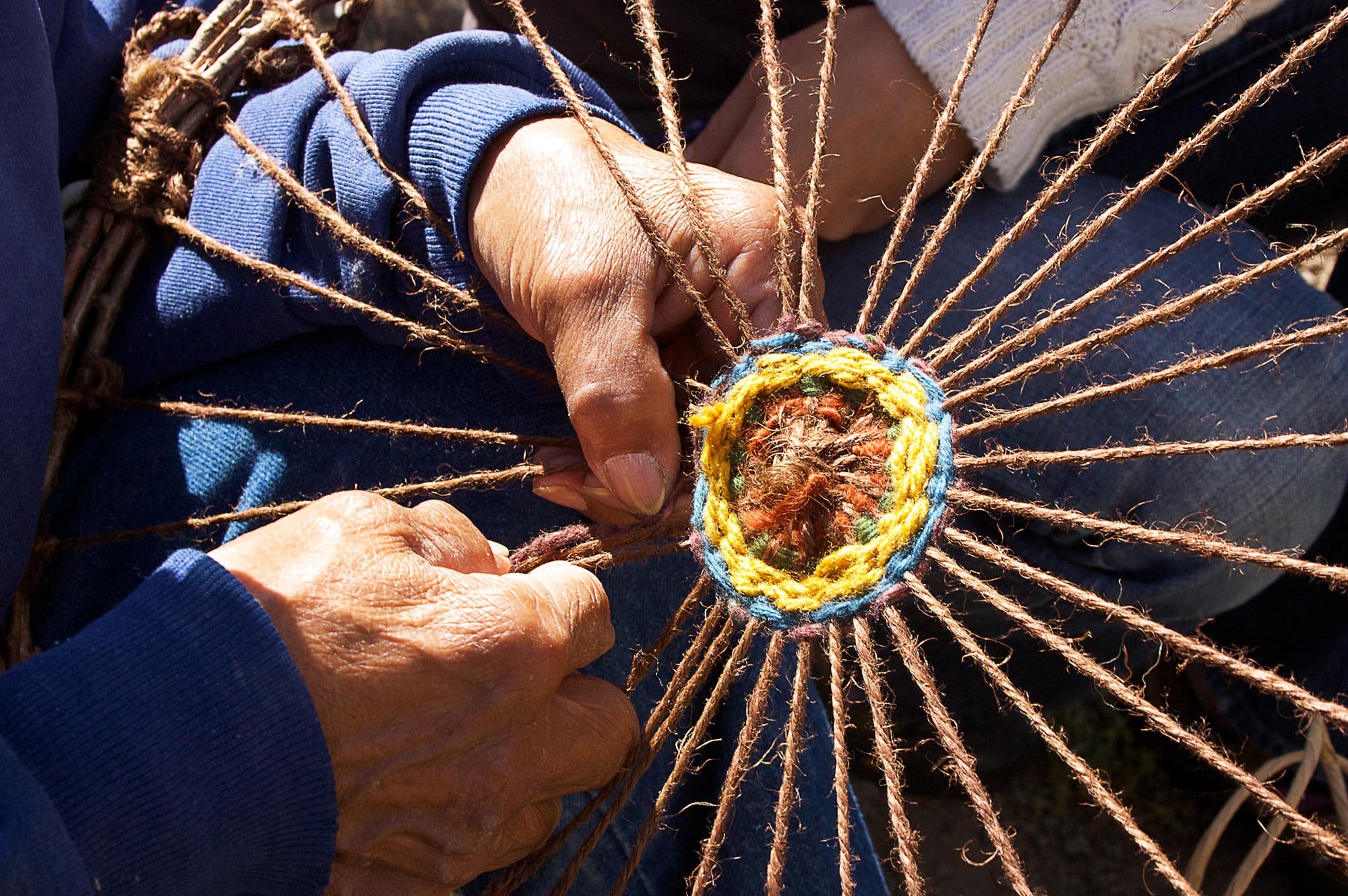The WEA Advocacy Network mobilized legal support for community-based Indigenous environmental activist campaigns for 7 years. This project coordinated pro bono legal advocacy in the U.S. aligned with the efforts of Indigenous community leaders to preserve lands and traditions in the face of mining, industrial development, and climate change.
The Network provided “technical support” services in opposition to environmentally-unjust projects, and catalyzed systemic change through collaboration towards environmental and human rights policy shifts.
Advocating for Justice

Although the applicable legal and political systems often support polluters, creative and dedicated activists continue to successfully defend the environment. Women consistently serve as powerful leaders in this work.

“It takes bravery to speak of the spiritual and the sacred and one’s own grandmother and the need to give voice to the many living beings sharing our earth. It takes bravery for anyone to do that. I recognize it takes a unique resolve when one’s spirituality and culture has, over the course of history, been in turn brutally attacked by colonial and U.S. government forces…”

AT A GLANCE
The Fort Berthold Reservation, home to the Mandan, Hidatsa, and Arikara Nation, has become the epicenter of oil extraction in North Dakota, where more than 35 corporations now extract natural resources.*
An analysis of crime in 2012 pointed to Western North Dakota, where employment in the oil fields attracts thousands of people into the state, as a source of much of the increase. In fact, 12 of the top oil-producing counties in the North Dakota make up approximately 25% of the state’s population, and account for a proportional number of crimes.*
The Keystone XL tar sands pipeline would increase climate emissions by 24.3 million metric tons CO2 per year. That’s equivalent to Americans driving more than 60 billion additional miles per year.*

"In the long struggles for environmental and economic justice, we need to break our isolation, we need people that will support us in these moments – especially because Indigenous women are often treated by decision-makers as not legitimate. This is the work of Women’s Earth Alliance. It helps us keep our hope alive."
— WINONA LADUKE, DIRECTOR, HONOR THE EARTH

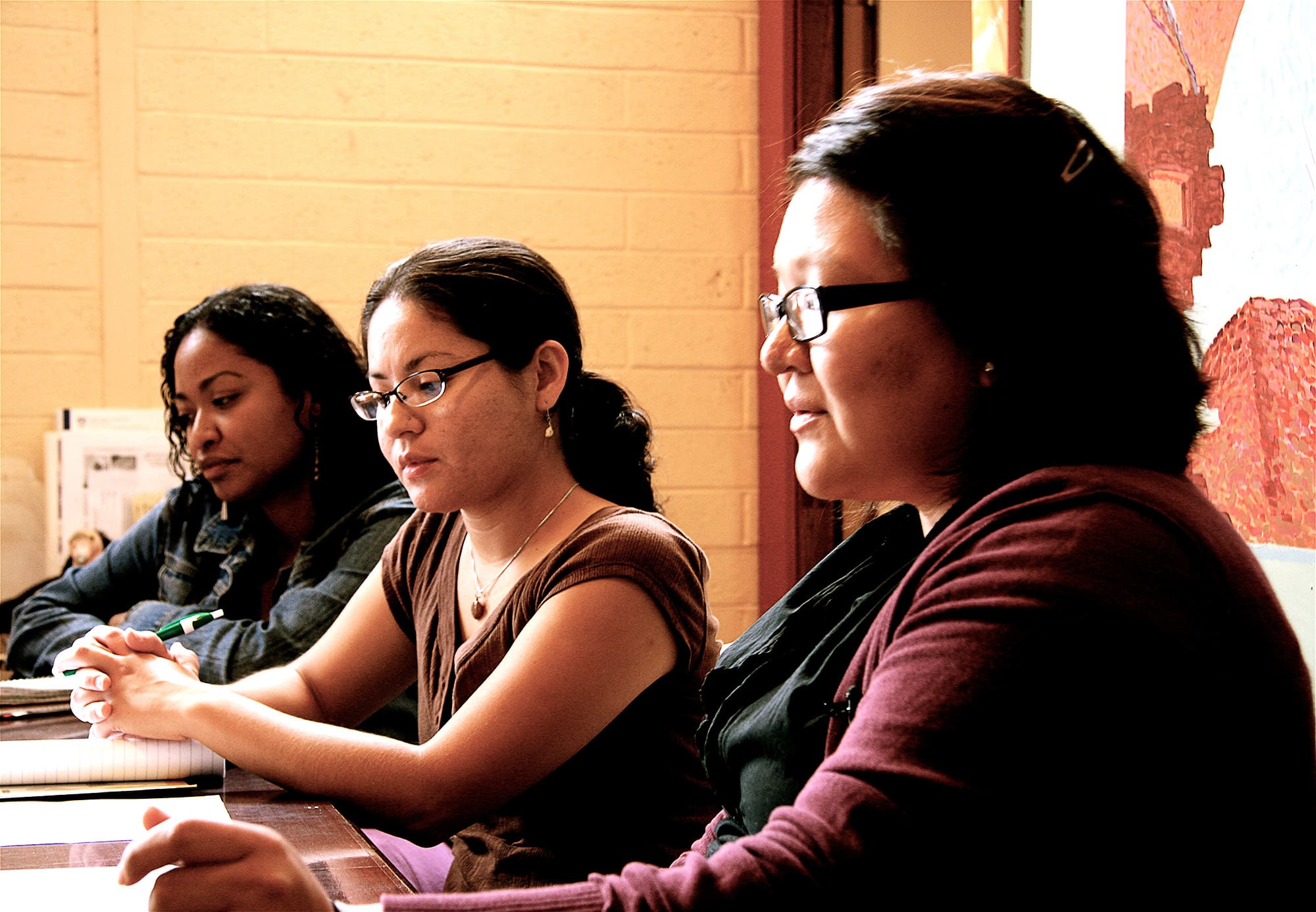
THE CHALLENGE
Indigenous communities, for whom the United States is their traditional homeland, face both acute and chronic challenges resulting from environmental degradation. In response to the systemic and intentional targeting of Indigenous lands and communities for environmentally, culturally and economically-destructive industrial projects such as mines, hazardous waste facilities, oil refineries and coal-fired power plants, the Indigenous environmental justice movement – a grassroots-led movement with national impact – has arisen to demand sustainability and equity.
“According to the Worldwatch Institute, 317 reservations in the United States are threatened by environmental hazards, ranging from toxic wastes to clearcuts. . . . Reservations have been targeted as sites for 16 proposed nuclear waste dumps. Over 100 proposals have been floated in recent years to dump toxic waste in Indian communities. Seventy-seven sacred sites have been disturbed or desecrated through resource extraction and development activities.” — Winona LaDuke, All Our Relations: Native Struggles for Land Rights and Life, Boston: South End Press at 2-3 (1999).
- Over 60% of African Americans and Hispanic Americans and half of all Native Americans live in communities with unregulated toxic waste sites.
- Studies conducted by the U.S. Environmental Protection Agency and the University of Michigan have shown that minority and low-income communities in the U.S. have consistently been selected in greatly disproportionate numbers as sites for chemical factories, landfills, and incinerators.
- The Navajo Nation exports 1200% more energy than it uses, especially from coal – the Nation is home to the largest coal strip mine in the United States. It is estimated that some 18,000 Navajo homes do not have electricity.
- Over the past twenty-five years, over twelve thousand Americans – most of them Native American – have been removed from their lands to make way for coal, uranium, and other mining enterprises.
- Approximately 70% of the world’s uranium deposits are located on the lands of indigenous peoples. Navajo in Church Rock and Crownpoint, New Mexico, are victims of the nation’s worst radioactive uranium spill – in 1979, a liquid uranium tailings dam was breached and 100 million gallons of radioactive liquid spilled into Navajo waterways.
OUR WORK
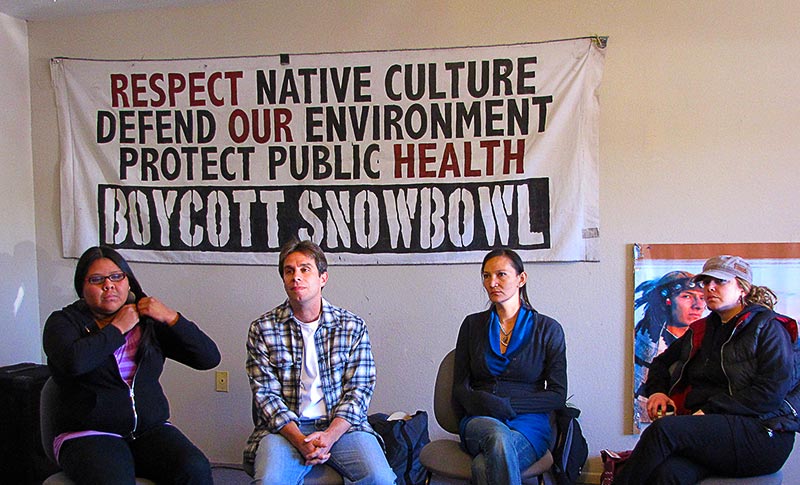
Advocates drafted regulations to mitigate the impacts of mineral extraction on tribal lands; authored business plans for grassroots tribal renewable energy projects; represented grassroots leaders against federal agencies and commercial developers; evaluated causes of action for new litigation; provided comments on federal environmental review processes; provided transactional support for grassroots tribal renewable energy enterprises; and more.
We were honored to collaborate with organizations like Indigenous Environmental Network to stop oil extraction in tribal territory; First Environment Collaborative to address the impacts of pesticides on Indigenous peoples; and Black Mesa Water Coalition, to support the development of solar energy on former coal mine land, among others.
IMPACT
Since 2008, over 60 small and large legal projects in collaboration with 25 Indigenous women-led groups increased the capacity of the Indigenous environmental justice movement to advocate for environmental justice.
The Advocacy Network of 120 volunteer advocates representing a broad range of legal expertise came from law firms, universities, and expert NGOs.
KEY COLLABORATIONS
For the Navajo people, Black Mesa Mountain is deeply sacred; the mountain also contains the largest contiguous coal deposit in the United States. Over the past decade, the grassroots, women-led organization Black Mesa Water Coalition (BMWC) has successfully worked to stop coal mining operations and call for for renewable energy.WEA brought in a Green MBA student, who wrote a comprehensive business plan for a grassroots-led, utility-scale solar energy installation on reclaimed mine land. We also linked BMWC with Chadbourne & Parke, an international law firm with 400+ attorneys and a significant energy practice group, to help implement the plan.
The Keystone XL pipeline, which would move oil from the Alberta tar sands to the Gulf of Mexico, represents a potential catastrophe for the climate, environment and communities along the route. Already, Indigenous peoples whose traditional homelands fall within the tar sands region are suffering extensive public health and environmental crises.In 2011, WEA advocates provided comments to the State Department on the Environmental Impact Statement for the pipeline addressing the concerns of Indigenous peoples along the pipeline route around water quality, soil toxicity, and cultural practices. Because of the many comment letters submitted, the State Department delayed the approval of the project.
Between 1996 and 2000, the United States exported nearly 1.1 billion pounds of pesticides that have been identified as known or suspected carcinogens – a practice which continues unabated to this day. Most of these exports are sent to the developing world and used in agriculture, impacting Indigenous farmworkers and factory laborers.In 2012, a WEA advocate collaborated with the International Indian Treaty Council to prepare a Freedom of Information Act request, to the U.S. EPA, requesting information about the EPA’s regulation or non-regulation of these pesticides. This information, once obtained, will be used to launch an advocacy campaign to stop the export of banned pesticides.
